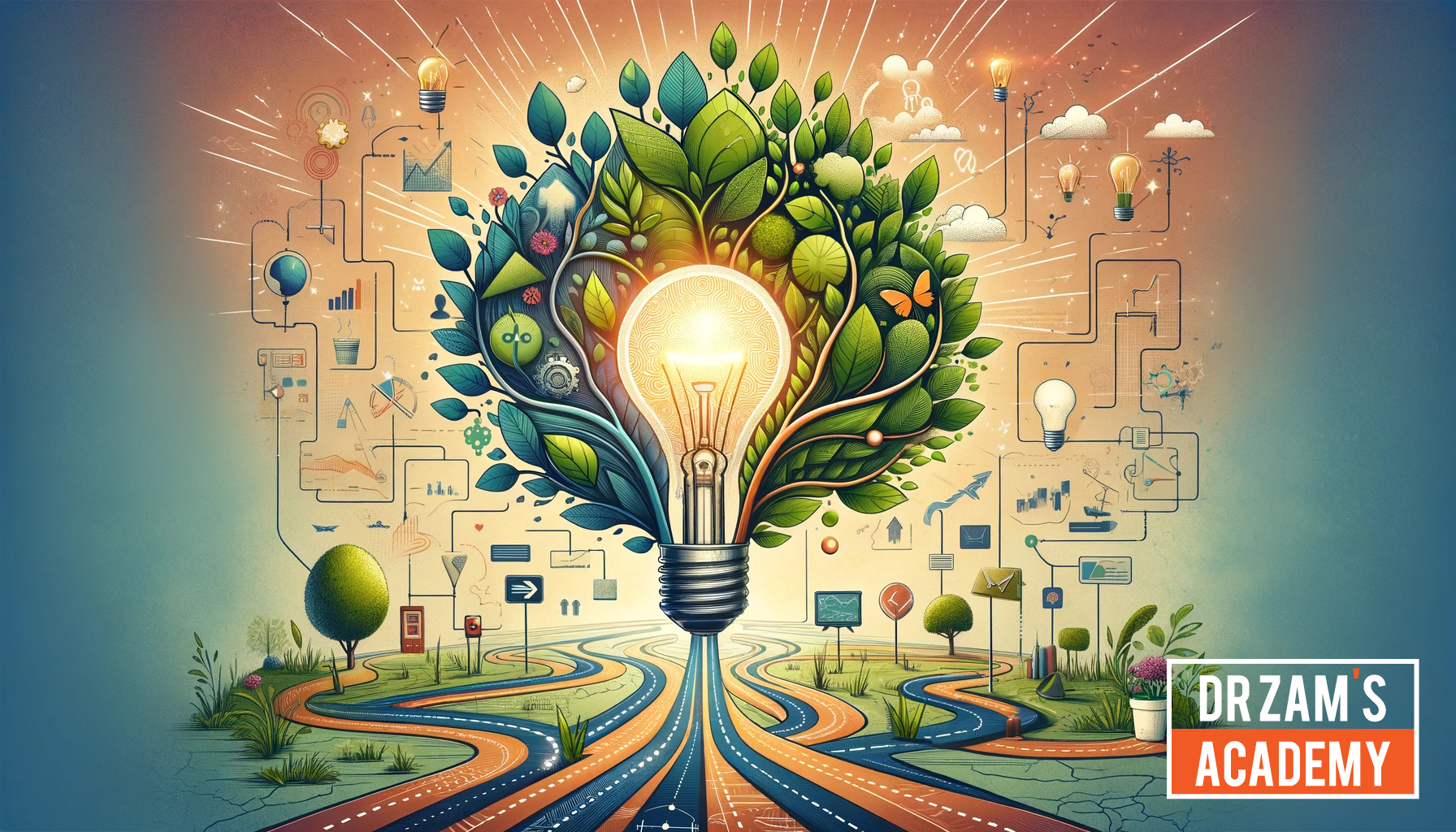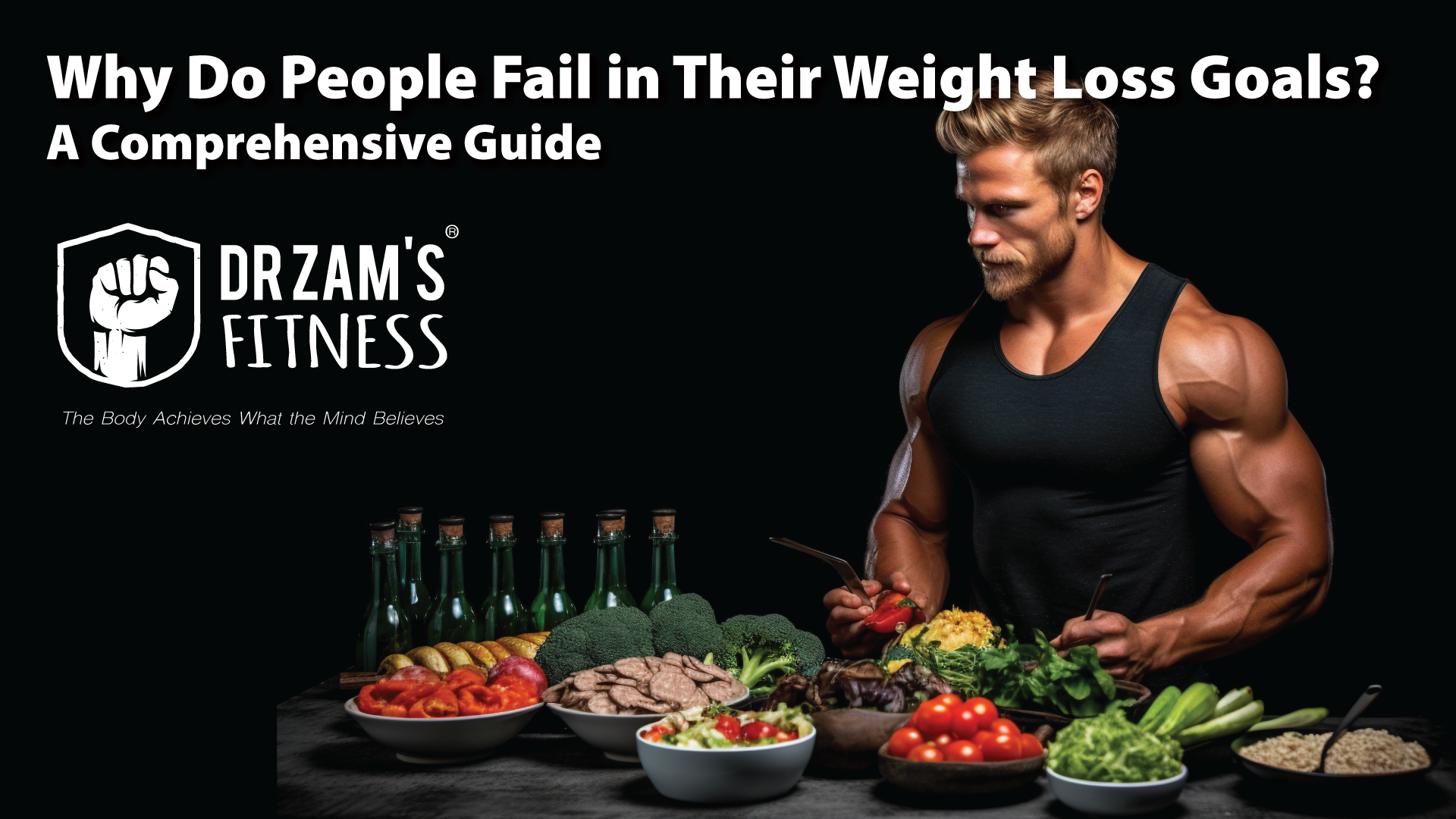
Just as genetics plays a crucial role in shaping our physical traits, it also holds the key to unlocking the mysteries of the living human body. By delving into the intricate world of DNA, we can unravel the intricate mechanisms that govern our health, behavior, and overall well-being. Join us on a fascinating journey as we explore how genetics helps us navigate through the complexities of the human body and gain a deeper understanding of what makes us uniquely human.
Key Takeaways:
- Genetics as the Blueprint: Genetics plays a fundamental role in shaping the unique traits, functions, and susceptibilities of the human body, necessaryly serving as the blueprint for our existence.
- Understanding Variability: Genetics helps us comprehend the vast variability in human traits, diseases, and responses to treatments, shedding light on the intricate and diverse nature of our biology.
- Potential for Precision Medicine: As we unravel the genetic intricacies of the human body, we pave the way for personalized and precise medical interventions that can offer tailored treatments based on individual genetic makeup.
The Basics of Genetics
DNA Structure and Function
Before entering into the intricacies of genetics, it’s imperative to understand the fundamental unit of heredity: DNA. DNA, or deoxyribonucleic acid, is a molecule that carries the genetic instructions for the development, functioning, growth, and reproduction of all known living organisms. The structure of DNA is a double helix, resembling a twisted ladder, made up of four chemical bases: adenine (A), thymine (T), cytosine (C), and guanine (G).
For genetics, the function of DNA lies in its ability to store and transmit genetic information. Genes, which are specific sequences of DNA, serve as the instructions for making proteins, the building blocks of our bodies. Through the process of gene expression, genetic information is used to create proteins that perform a multitude of functions in the body.
Genetic Variation and Mutation
One of the key concepts in genetics is genetic variation, which refers to the differences in genetic material among individuals within a population. Genetic variation is crucial as it contributes to the diversity of traits we see in living organisms, including humans. Mutations, which are changes in the DNA sequence, are a primary source of genetic variation.
It is through mutations that new genetic variants can arise, leading to differences in traits among individuals. While some mutations may have no effect or even be harmful, others can provide an advantage in specific environments, driving evolution and the adaptation of species over time.
The Human Genome
Mapping the Human Genome
Some of the most significant advancements in understanding the human body have come from mapping the human genome. The Human Genome Project, completed in 2003, was a groundbreaking international research effort to identify and map all the genes in the human genome. This monumental achievement has provided us with a wealth of information about our genetic makeup and how differences in our genomes can impact our health and development.
Gene Expression and Regulation
For human beings, gene expression and regulation play a crucial role in determining the characteristics and functions of different cell types. This process involves turning genes on and off at the right times and in the right amounts to ensure the proper development and functioning of an organism. Understanding how gene expression is regulated is key to unraveling the complexities of human biology and the underlying causes of various diseases.
Human gene expression is a tightly regulated process that can be influenced by a variety of factors, including environmental cues, hormones, and signaling molecules. Dysregulation of gene expression can lead to abnormalities in cell growth, differentiation, and function, ultimately contributing to the development of diseases such as cancer, diabetes, and genetic disorders.
Genome
The human genome consists of approximately 3 billion base pairs of DNA that encode the instructions for building and maintaining an individual. Genes are the functional units within the genome that contain the information needed to produce proteins, the building blocks of cells. Gene expression is the process by which the information in a gene is used to synthesize a functional gene product, such as a protein or RNA molecule.
Inheritance Patterns
Mendelian Inheritance
Patterns of inheritance, as elucidated by Gregor Mendel in the 19th century, provide a fundamental understanding of how genetic traits are passed down from one generation to the next. Mendel’s work with pea plants revealed the existence of dominant and recessive traits, as well as the principle of segregation and independent assortment. These discoveries laid the groundwork for our understanding of genetic inheritance and formed the basis of classical genetics.
Non-Mendelian Inheritance
To research deeper into the complexities of genetic inheritance, we must also explore non-Mendelian patterns of inheritance. Unlike the straightforward patterns described by Mendel, non-Mendelian inheritance involves more intricate mechanisms such as incomplete dominance, codominance, multiple alleles, and polygenic inheritance. These patterns do not adhere to the simple rules of dominant and recessive alleles but instead exhibit a wide range of variations in how traits are expressed.
Non-Mendelian patterns of inheritance challenge our traditional views of genetic transmission and highlight the intricate interplay between different genes and their effects on phenotypic outcomes. Understanding these non-Mendelian patterns is crucial for unraveling the complexity of genetic traits and their inheritance in populations.
Genetic Influences on Human Traits
Physical Characteristics
All living organisms carry genetic information that plays a crucial role in determining various physical characteristics. From eye color to height, genetics influence a wide range of traits that make each individual unique. The study of how genes impact physical traits is a fascinating field that continues to uncover the complex mechanisms behind human diversity.
Behavioral and Cognitive Traits
The role of genetics in shaping behavioral and cognitive traits is a topic of ongoing research and debate among scientists. While environmental factors undoubtedly play a significant role in shaping an individual’s personality and cognitive abilities, studies have shown that genetic variations also contribute to these traits. Understanding how genes influence behavior and cognition can provide valuable insights into human nature and the complexities of the mind.
Any discussion of genetic influences on behavioral and cognitive traits must acknowledge the intricate interplay between nature and nurture. While genetics may predispose individuals to certain behaviors or cognitive patterns, environmental factors can also play a critical role in determining how these traits manifest. Researchers continue to explore the complex interactions between genes and the environment to gain a deeper understanding of human behavior and cognition.
It is clear that genetics play a significant role in shaping a wide range of human traits, from physical characteristics to complex cognitive abilities. By delving into the genetic influences on various aspects of human nature, scientists can gain a more comprehensive understanding of what makes each individual unique.

Genetic Disorders and Diseases
Despite the intricate nature of the human genome, genetic disorders are prevalent and varied. These disorders are caused by changes or mutations in genes and can range from mild to severe in their effects on individuals.
Single-Gene Disorders
Diseases resulting from mutations in a single gene are known as single-gene disorders. These disorders are typically rare and can be inherited in a Mendelian pattern, such as autosomal dominant, autosomal recessive, or X-linked inheritance. Examples of single-gene disorders include cystic fibrosis, Huntington’s disease, and sickle cell anemia.
Multifactorial Disorders
Disorders caused by a combination of genetic and environmental factors are known as multifactorial disorders. These disorders are more common than single-gene disorders and can be challenging to predict or prevent due to the complex interplay between genetic predisposition and external influences.
Multifactorial disorders, such as diabetes, heart disease, and certain types of cancer, involve the interaction of multiple genes with lifestyle, diet, and other environmental factors. Understanding the genetic components of these disorders can provide insights into their development and potential targets for therapeutic interventions.
Applications of Genetic Knowledge
Genetic Testing and Counseling
For individuals looking to understand their risk of inherited diseases or determine their carrier status, genetic testing has become a valuable tool. Genetic counselors work hand in hand with individuals to provide in-depth analysis of test results, explain complex genetic concepts in layman’s terms, and offer guidance on making informed decisions about healthcare options and family planning.
Gene Therapy and Editing
Editing the genetic code of living organisms has the potential to revolutionize medicine and biotechnology. Gene therapy aims to treat genetic disorders by replacing, inactivating, or introducing genes into a person’s cells. Gene editing technologies like CRISPR/Cas9 allow for more precise modifications to the DNA, opening up new avenues for treating previously untreatable genetic conditions.
Gene therapy and editing hold promise for treating a wide range of diseases, from genetic disorders to certain types of cancer. By understanding the genetic underpinnings of these conditions, researchers can develop targeted therapies that address the root cause of the disease, offering hope for improved treatment outcomes and potentially even cures.
1. Genetics shapes our physical traits and disease susceptibility.
2. DNA contains instructions for cells to function correctly.
3. Genetic variations determine individual differences in health and traits.
4. Genetic research can lead to personalized medicine approaches.
5. Understanding genetics can lead to preventive healthcare measures.
6. Environment and lifestyle also play a role in gene expression.
Summing up
With this in mind, exploring the role of genetics in understanding the living human body reveals a fascinating and ever-evolving field of study. Genetics not only helps us comprehend the underlying mechanisms of various biological processes but also sheds light on how our genes interact with the environment to shape our health and traits.
As we investigate deeper into genetics, we continue to unravel the intricate web of genetic variations that make each individual unique. By studying genetics, scientists are getting closer to unlocking the secrets of human biology and paving the way for personalized medicine tailored to individuals based on their genetic makeup.

















